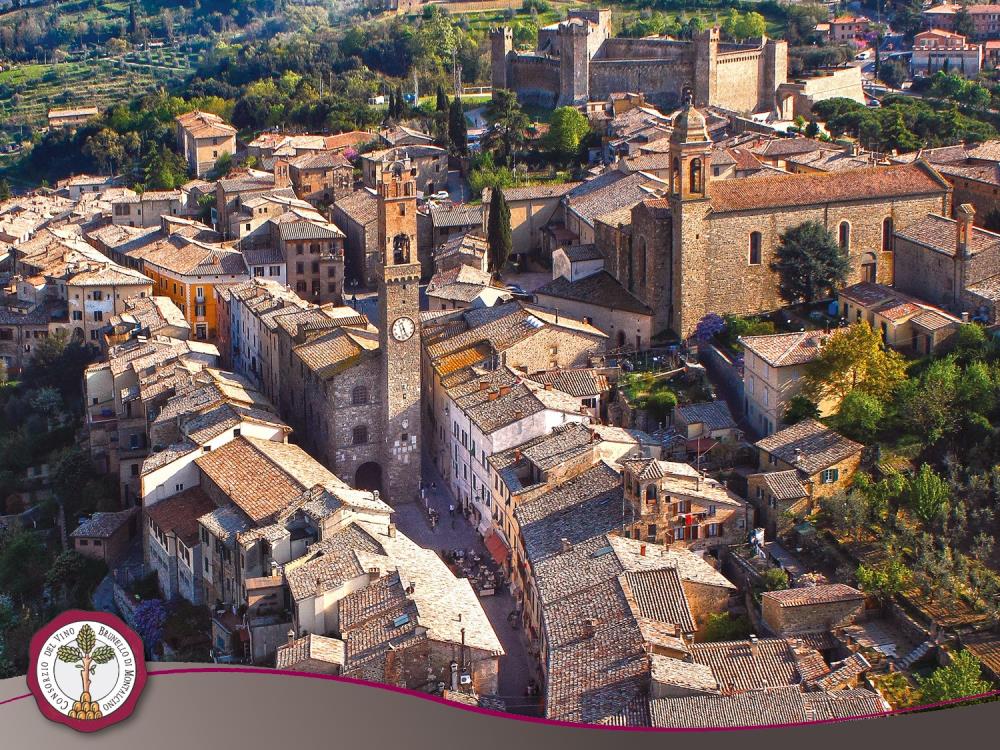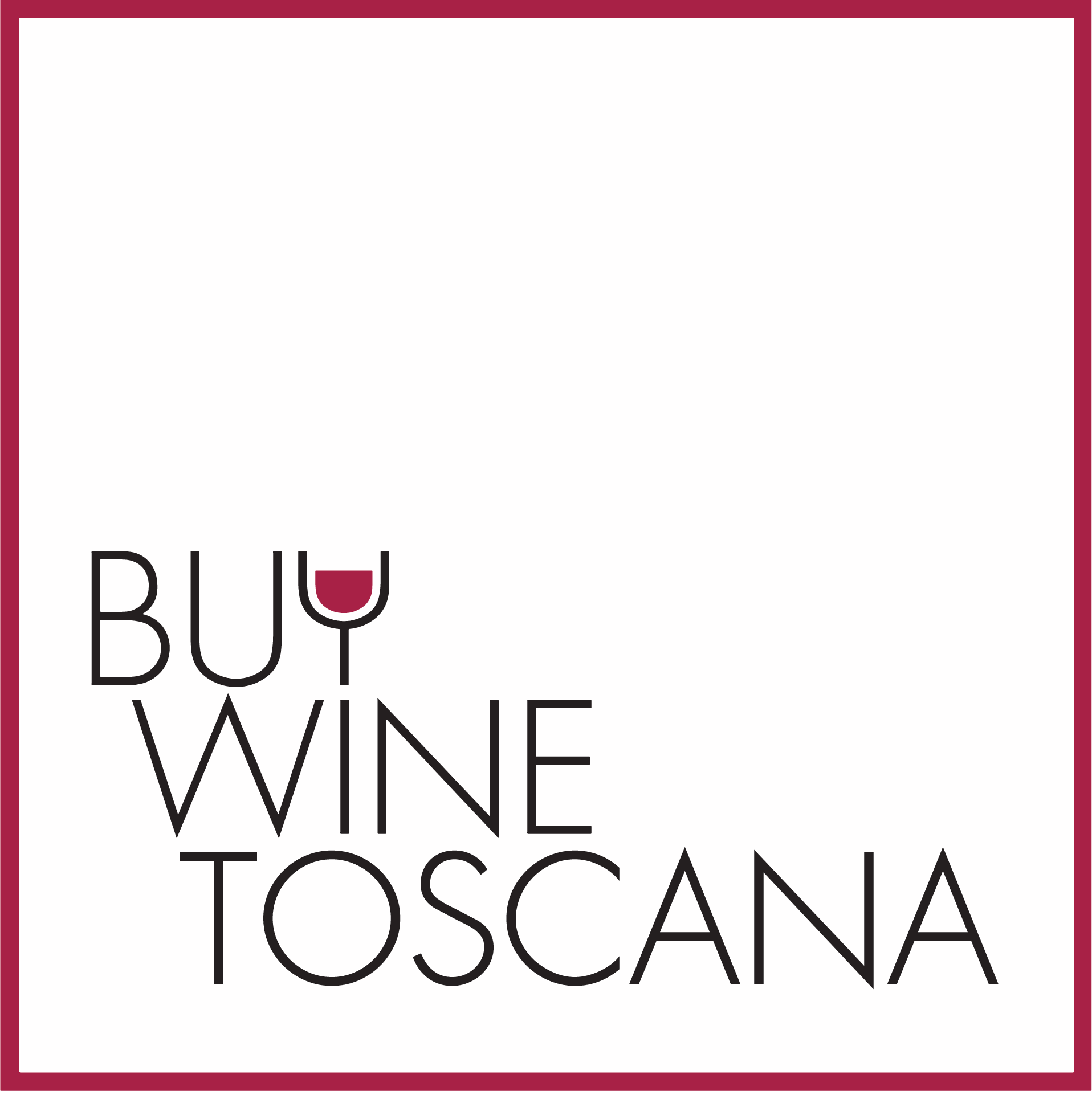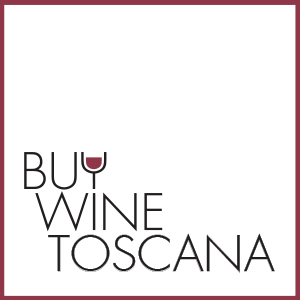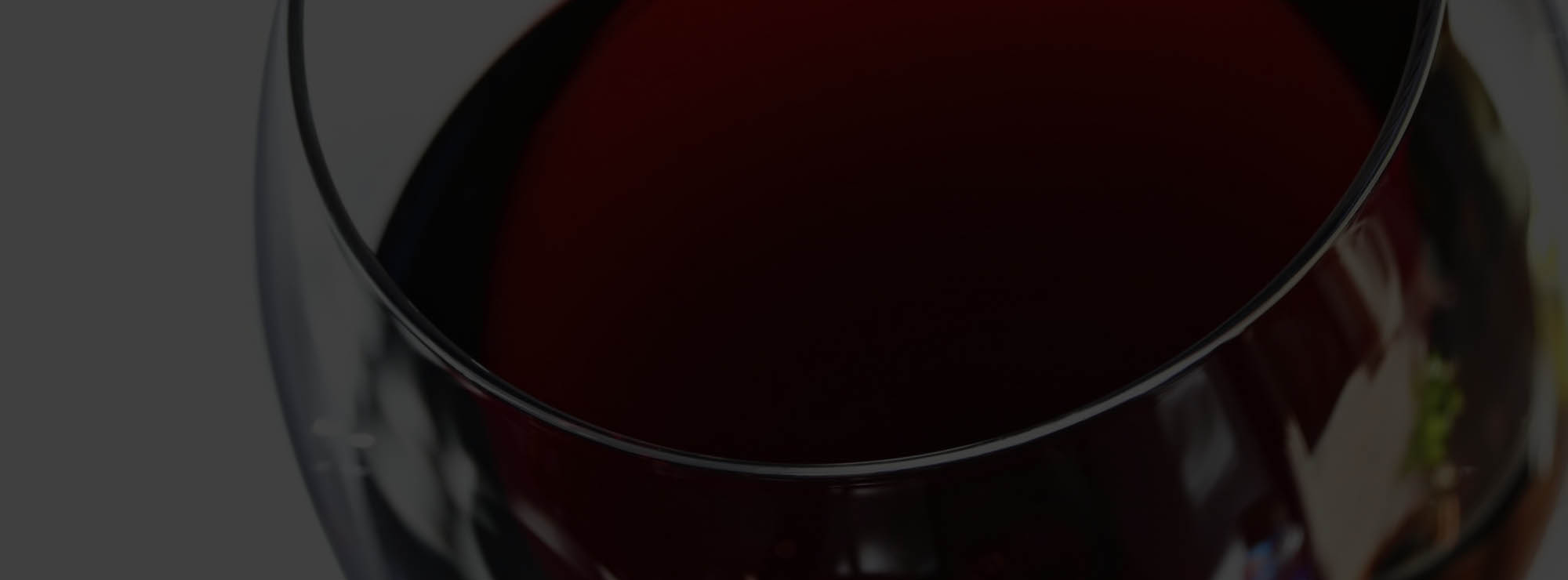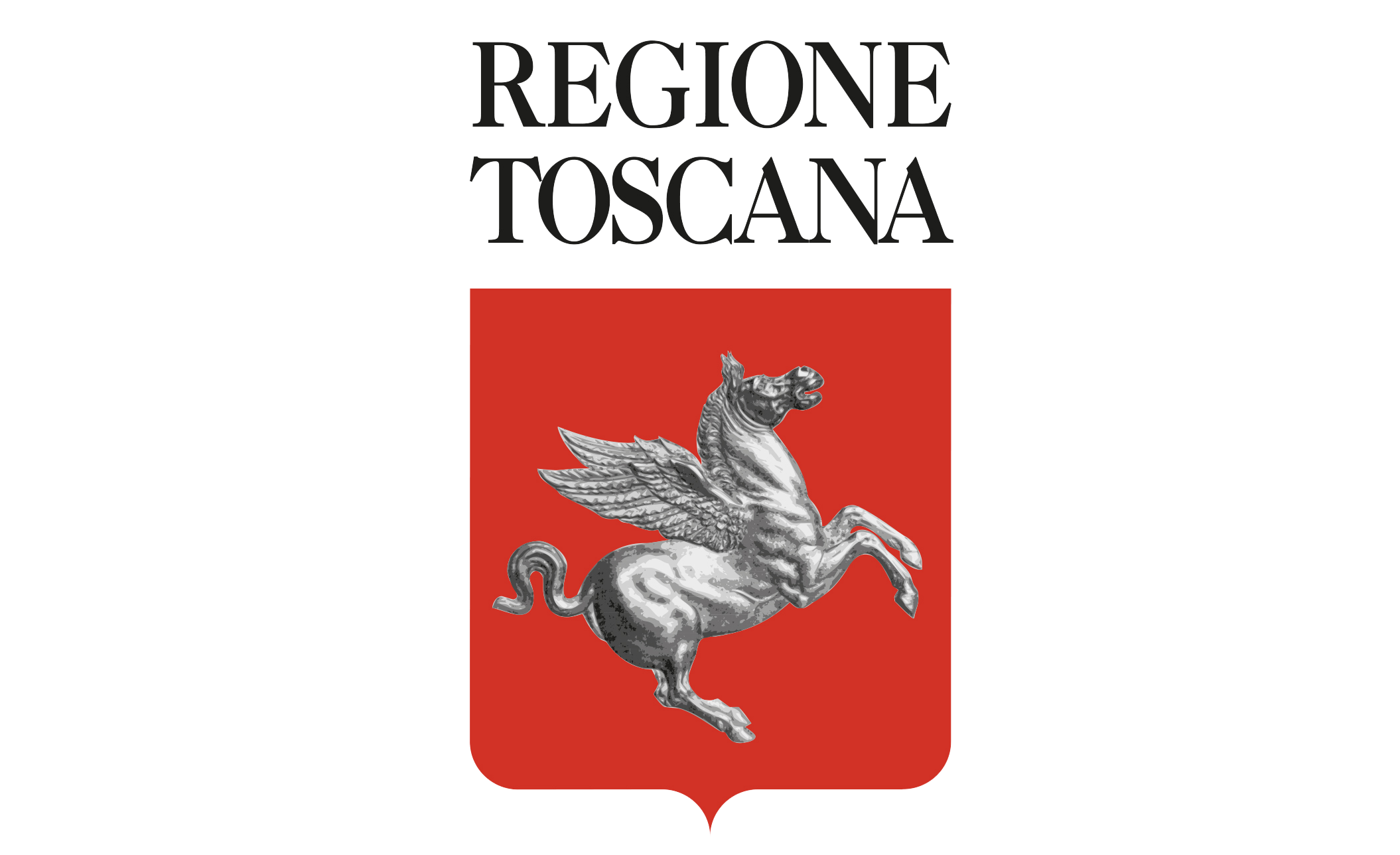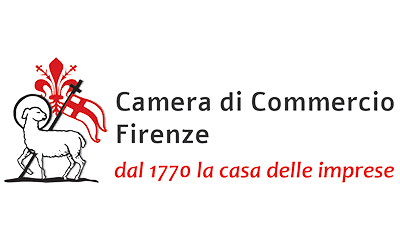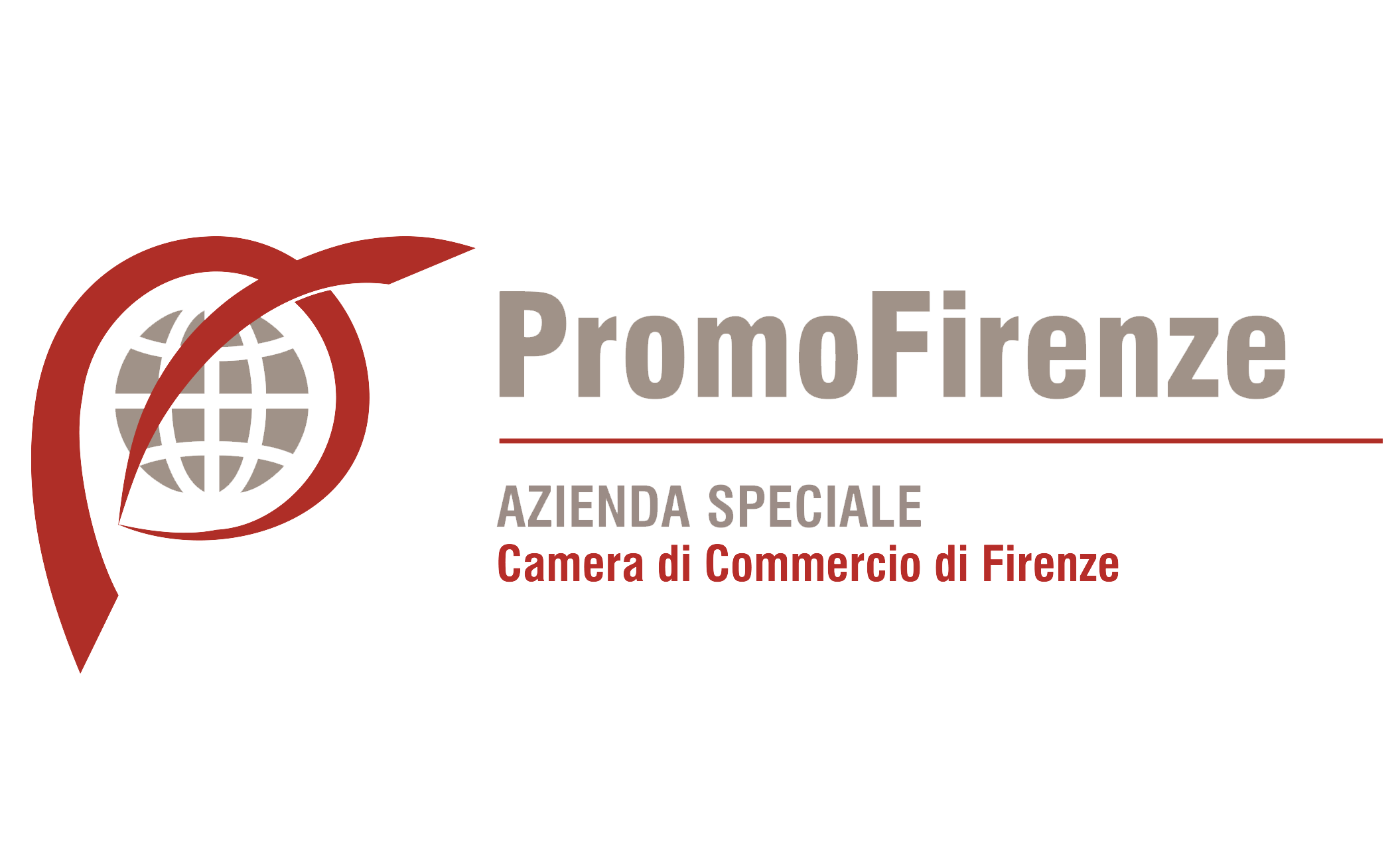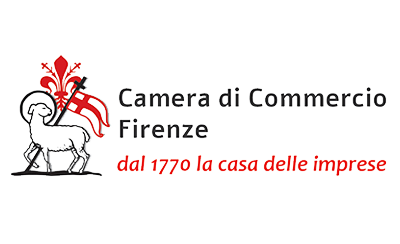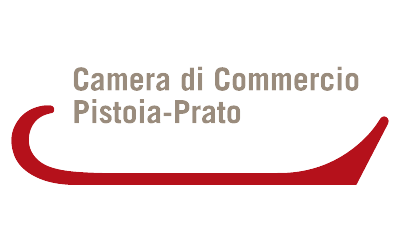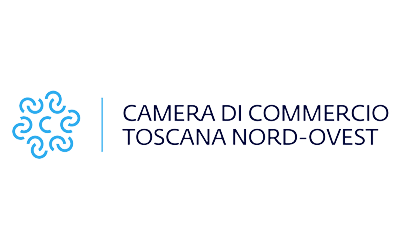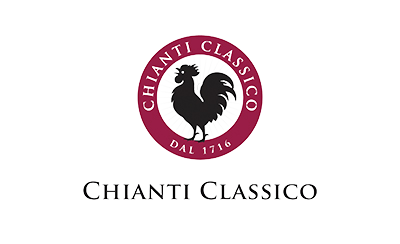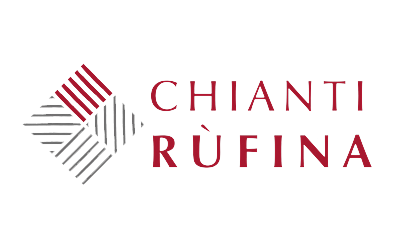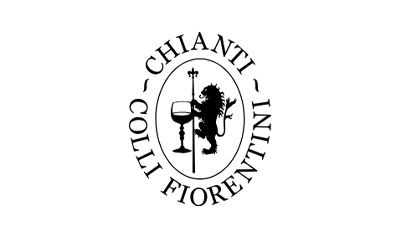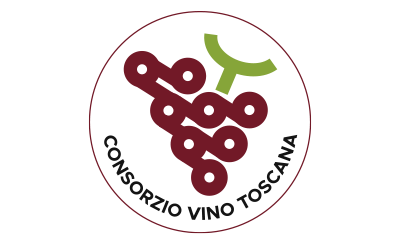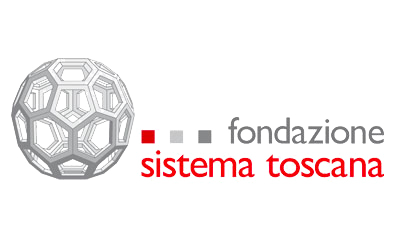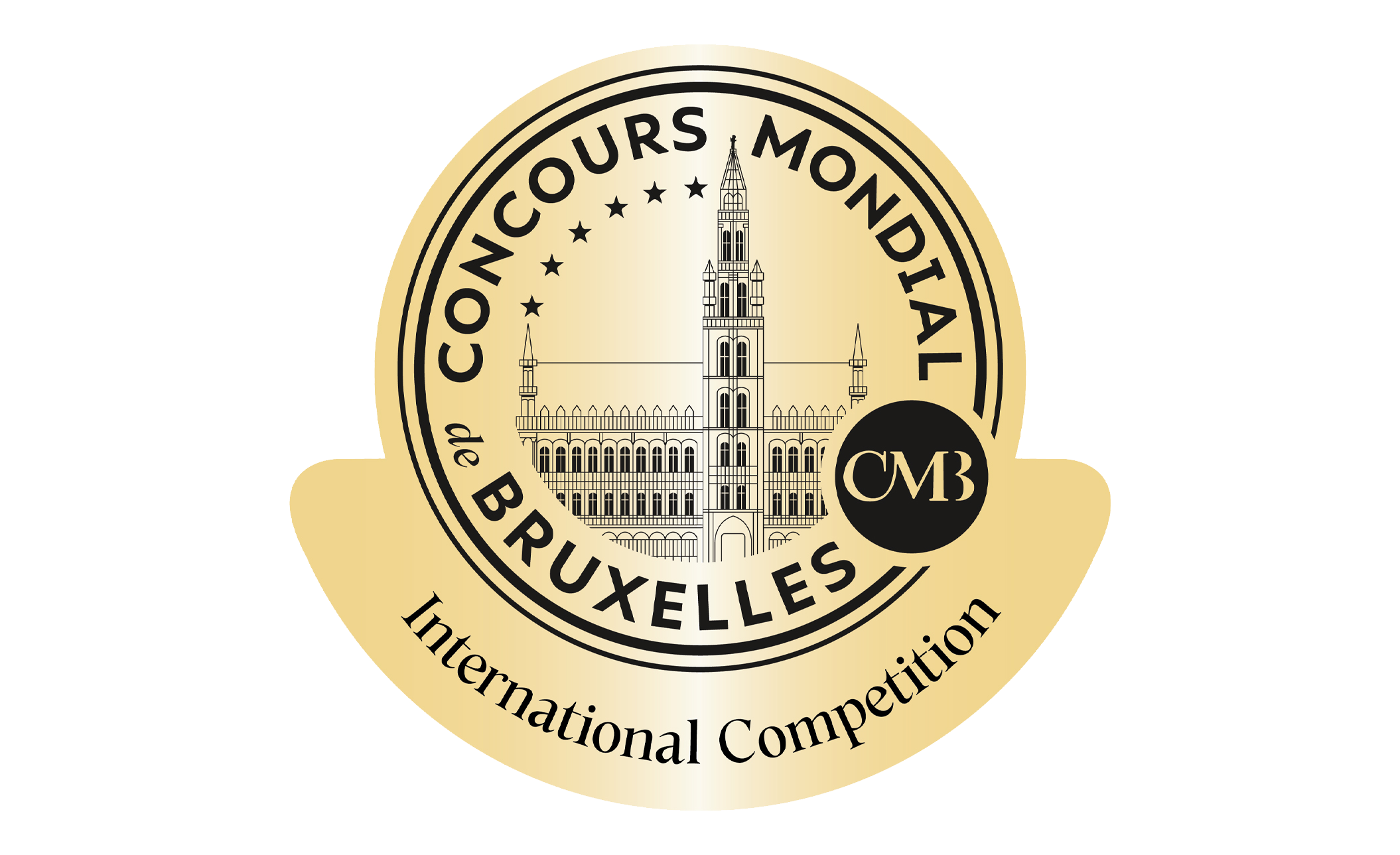Montalcino, a territory made for wine
Montalcino lies in Tuscany, in central Italy, about forty kilometers South of the city of Siena, in the hill-lands of an uncontaminated landscape. A land of farms with an ancient history and of rare beauty which, since 2004, is enlisted among the locations of Heritage of mankind by Unesco. The territory of Montalcino consists of one tall hill, mostly covered by forests.
The origin of the name "Montalcino" is shrouded in mystery: some would have it that it comes from Mons Lucinus, the mount of Lucina in Latin, a mount named after the Roman goddess Lucina (the Greek Juno). Others, instead, link the name to Mons Ilcinus (Mount of the Lecci, the Italian for holm oaks) as an allusion to the diffused presence on the territory of holm oaks (ilex, ilicis in Latin), which is also the most widely accepted opinion. And, perhaps a fact that corroborates this theory, a holm oak is in clear view atop three mountains on the coat of arms of the Municipality of Montalcino. Between the 12th and 16th century, Montalcino was contended in fierce military battles, first waged against Siena and later, after 1260, allied with Siena against Florence. The small but bold town of Montalcino was thought to be an impenetrable stronghold, protected by walls and by a great fortress. This is why, when the inhabitants of Montalcino handed over the keys of the city to the representatives of Cosimo de' Medici in 1559, the town had been the last to survive as an independent municipality in Italy.
The territory of Montalcino has a natural vocation for the production of wines of the best quality, which has been renown for over two thousand years: evidence thereof and that Montalcino was a place where wine was made is given by the many archeological findings that date as far back as the Etruscan age. In the Middle Ages, municipal edicts established the time of year when grapes were to be harvested.
The area where the Montalcino wines are made lies within the confines of the Municipality of Montalcino. A district of 24,000 hectares, of which a mere 15% is occupied by vineyards. It is a pretty much squared area, the sides of which are bordered by the rivers Ombrone, Asso, and Orcia.
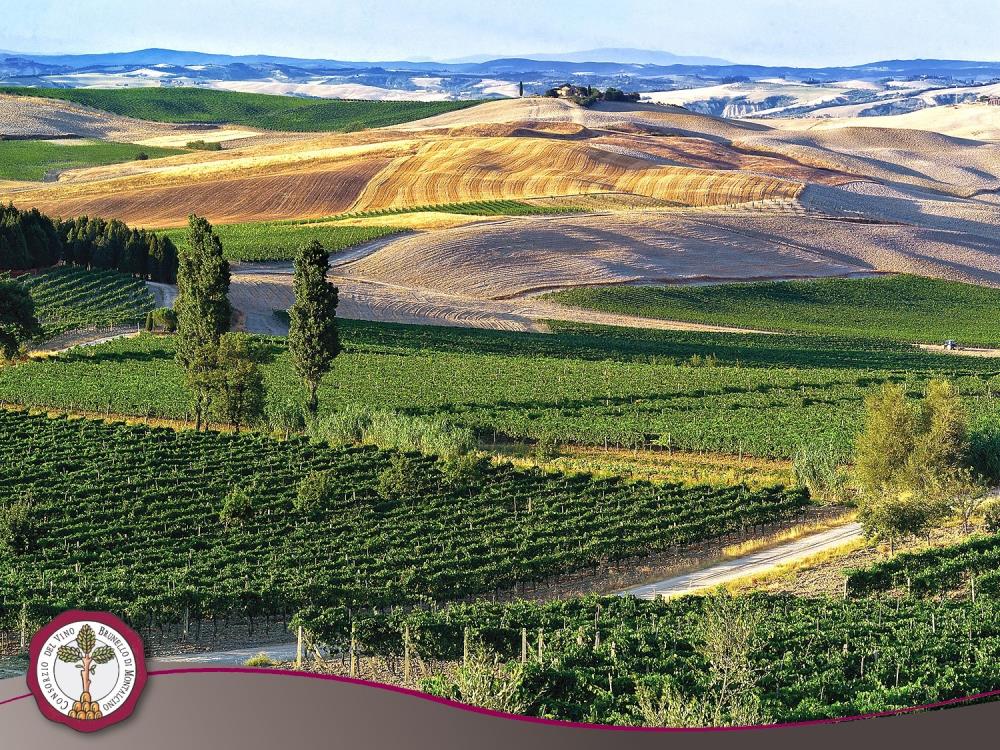
The birth of the Brunello of Montalcino dates back to the 19th century, when a handful of local farmers begin to experiment making a red wine from grapes of a vine traditionally cultivated in the surrounding lands. A vine known as "Brunello" or "Brunellino", which around the middle of the 1800's is identified as a variety of the Sangiovese grape. For several years, the Brunello remained a rare wine reserved to only few refined connoisseurs. Only in the second half of the 20th century did it change from being an exquisite delicacy available to elite members to becoming a universal symbol worldwide of the finest Made in Italy. With the introduction of the DOC quality brand (a guarantee of origin attributed to Italian wines), the Brunello is brought to the forefront and numbers amongst the first eight wines to which the "denominazione di origine" or "guarantee of origin" is conferred.In 1966, the Brunello of Montalcino becomes a DOC wine, and a year later, its own Consortium is founded. In 1980, it is the first wine to be branded a DOCG (Denominazione di Origine Controllata e Garantita, a guarantee of superior origin reserved to selected wines in Italy), and from that moment onward, all of its bottles are sealed with a seal of the State that guarantees their origin.
The Consortium of the Brunello of Montalcino Wine was founded in 1967, on the morn of its being branded a D.O.C. wine, as a free association between winemakers bent on safeguarding their wine and on accentuating its qualities. It represents the 100% of the enterprises producing Brunello wine. The Consortium has favored the onset of a productive fabric made of old and new, small and large winemaking firms alike, brought together by the common interest of respecting nature and aspiring to the highest quality of wine.
The wine production in Montalcino, is divided between:
- Brunello di Montalcino DOCG
- Rosso di Montalcino DOC
- Moscadello di Montalcino DOC
- Sant’Antimo DOC
www.consorziobrunellodimontalcino.it
www.facebook.com/brunellodimontalcino/
twitter.com/consbrunello
